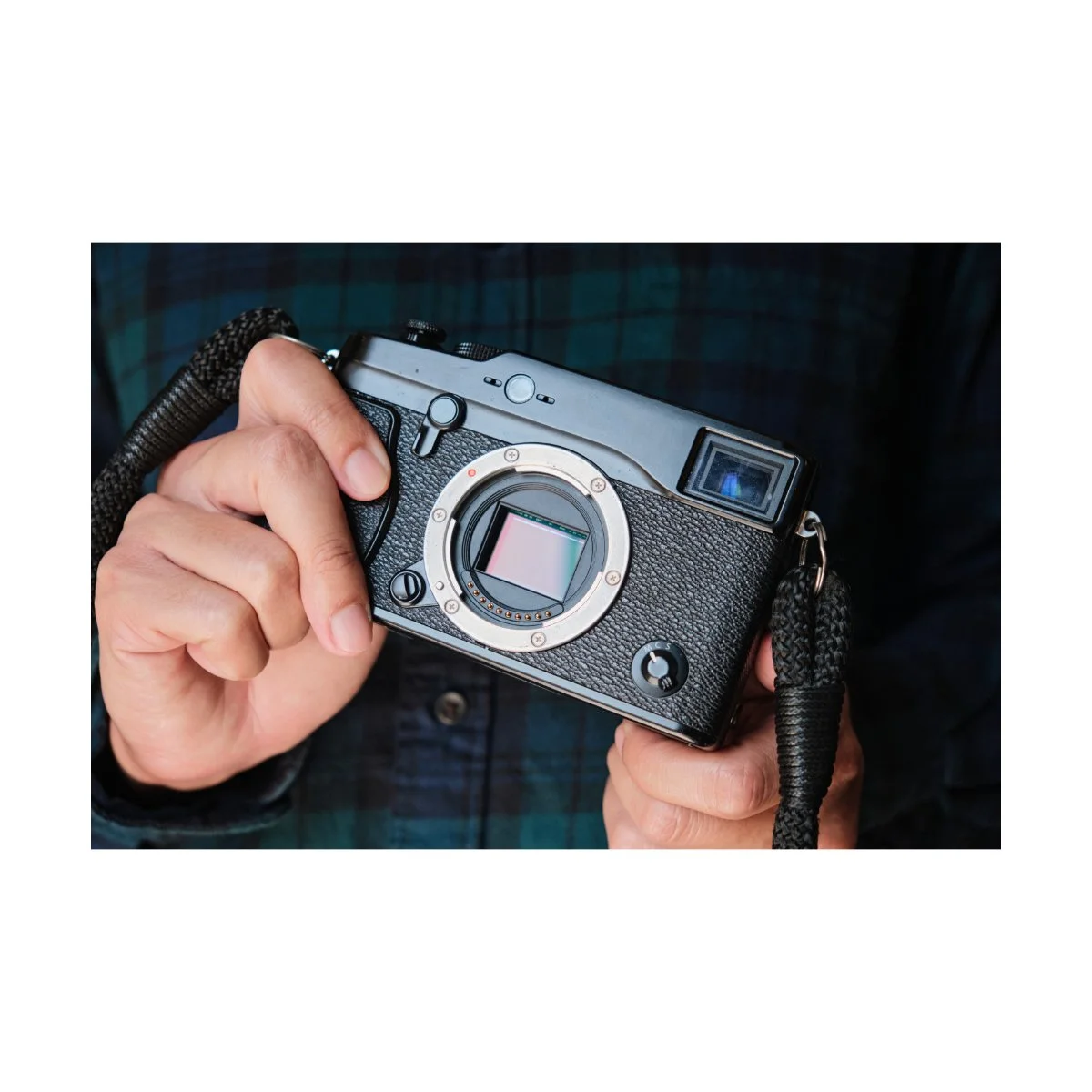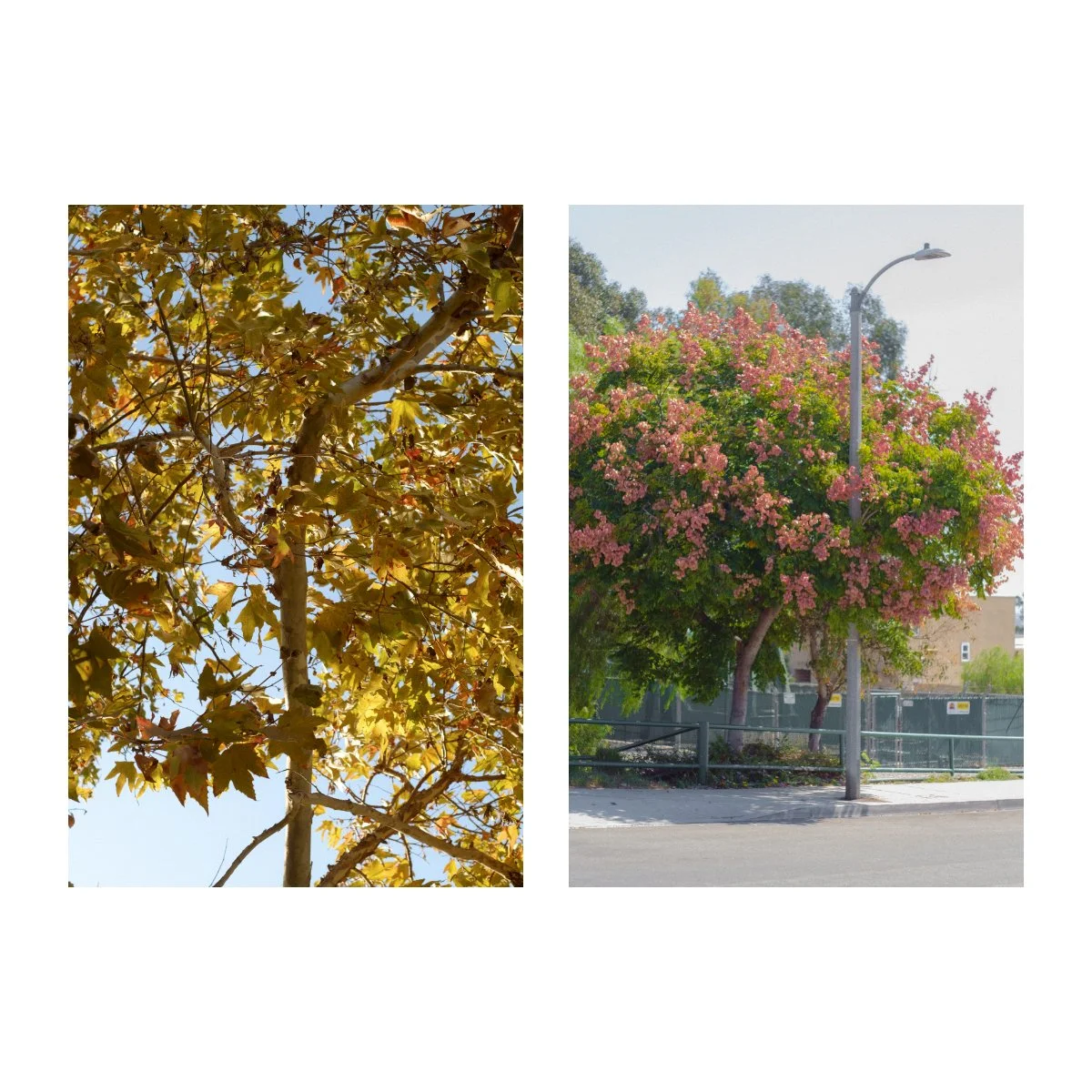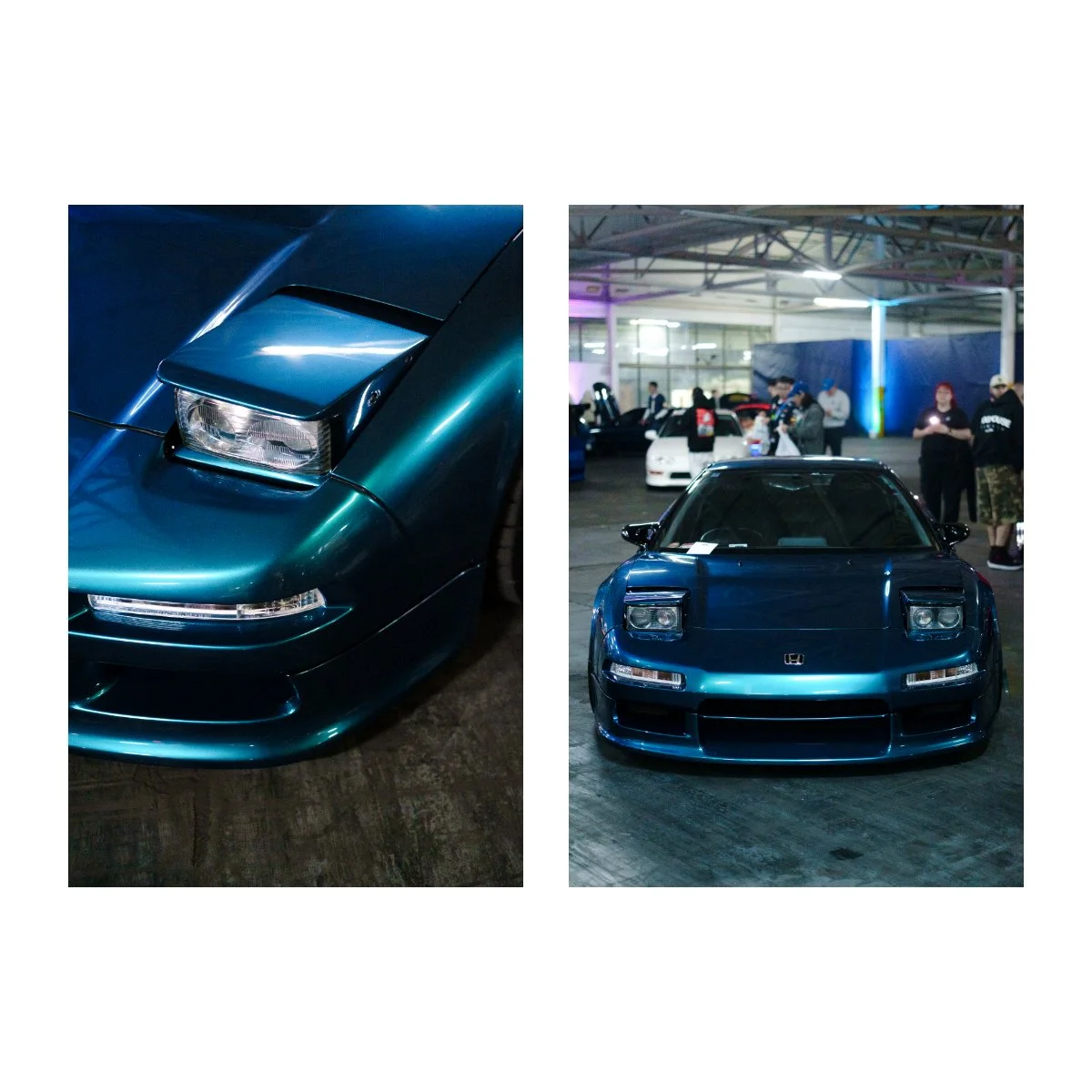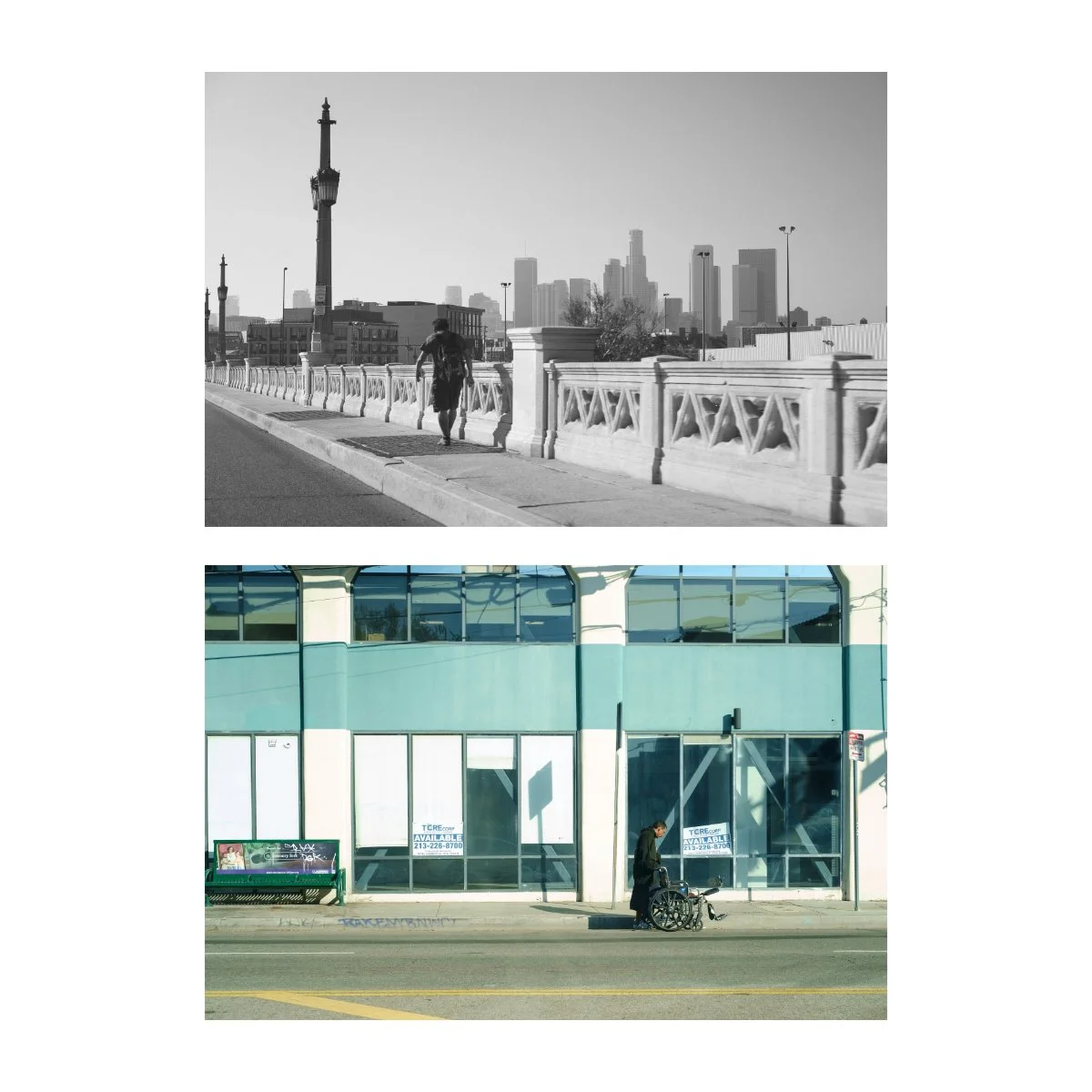Old but Gold? - The Fujifilm X-Pro1 in 2026
A little over four years ago, I made a bit of an odd purchase.
I put the money down and bought the Fujifilm X-Pro1, a camera that was a decade old.
The body was already considered aging back then, and four years later, it’s not getting any newer.
But I’d heard many good things about it, and wanted to try it out.
For a while, the X-Pro1 served as a multipurpose camera in my kit.
I used it to test out various lenses, combinations, and setups.
I used it as a B&W shooter, sticking to monochrome only and studying patterns of light.
I used it as a “have fun” camera, when I wanted to mix things up and forget about the technical side of photography.
And it’s a bit sad to say, but lately I haven’t been using it much at all…
On my shelves, I’ve accumulated more camera stuff than I honestly need.
And when I’m out in the world I usually default to what’s simple anyways - typically an x100 series or the X-T4.
Furthermore, with the addition of the X-Pro3, the X-Pro1 doesn’t have a strong place with me anymore.
The screen on this camera was always lacking, there’s less Film Simulations, and the autofocus is slow.
It’s for these reasons I began to question whether or not I should keep this camera or sell it to someone who needs it more than I do.
But of course, there’s a reason why me and many others got it in the first place.
The X-Pro1 has a long standing reputation because of it’s sensor, hybrid viewfinder experience, and unique design.
But is that really enough to justify keeping this camera?
How much of “good aesthetic” is personal preference and how much of it is not?
Do I, like many others, just feel nostalgia for something we think of as “better”?
Is there still magic there, or is it just an older camera?
Today, we’ll try and answer these questions as we revisit the Fujifilm X-Pro1.
Old Sensor, Old Lens
Many would consider the X-Pro1 sensor to be the real gem of the camera.
It’s got characteristics that give it’s images an older more nostalgic look.
It’s a little difficult to explain qualitatively, but all it takes is a glance for many photographers to think, “Was this taken with an older camera?”
And yet despite that, the image quality of the X-Pro1 doesn’t fall far behind.
It’s not like the cheaper flimsy images you’d get on some older point and shoots.
Some people like that aesthetic sure, but images from the X-Pro1 are still good enough to use professionally or as a tasteful choice.
It’s different enough without surrendering quality, giving it a place today where many modern cameras can look far too “clinical”.
Because of this, I wanted to test a few lens combinations out, just to see how they’d perform with the sensor of the X-Pro1.
The first was this Super Takumar 50mm f1.4 I picked up in Japan.
Some of you know, but I’ve been shooting with this lens on the X-Pro3, as the combination of viewfinder and slow manual focus pair well together.
The images I observed from that combo seemed to have a softness and halation to them, mainly because of the lens, and I quite liked that.
So I thought to myself, what would the images look like if I paired this lens together with the X-Pro1 for an “old sensor, old lens” combo?
Would it turn out to be a positive or negative mix - and how would the shooting experience be like?
Let’s test it out.
Shooting Experience
In terms of shooting experience, I have mixed feelings based on my observations.
The X-Pro1 to begin with is a bit of a clunker.
While the design and build of the camera appears to be made for street photography, it’s a first generation, and has problems of it’s own.
The 3 primary ones I struggle with are:
Autofocus, the screen, and manual adjustments.
Autofocus on this camera is slow and sometimes inaccurate, as you’d expect of something from 2012.
This wasn’t a problem for this specific combo since it’s a vintage lens and we’re manual focusing, but it’ll matter later in the next comparison.
Because autofocus isn’t super amazing, I figured the manual focus route would suit the shooting experience more.
But to my surprise, manual focusing was also quite tough.
The screen of this camera is dated and it’s hard to see clearly what you’re shooting at.
It’s good enough for general framing but might be better balanced with a good autofocus lens so you can just point and shoot.
Similarly, the camera only has white focus peaking which just looks like bright highlights, making it tough to see what’s in and out of focus on an already bad screen.
This resulted in a lot of missed shots for me.
The final small difficulty for shooting on this camera is the lack of an ISO dial.
You may have noticed when comparing the X-Pro1 to cameras like the X-Pro3 or x100v, but some later generation Fujis have a combined ISO/shutter speed dial.
This makes it easy to switch settings, shoot fully manual, and be more flexible with your shooting.
The X-Pro1 however, only has the single shutter speed dial.
It’s not a big deal, since you can custom set your ISO to the Fn button; but I quickly found that changing my ISO manually that way takes way too long, so nowadays I just leave it on Auto.
All of this is to say, the shooting experience of the X-Pro1, in my opinion, is limited by the autofocus, the screen, and lack of a combined ISO dial.
It’s not the end of the world, and there are improvements in later generations, but it’s something to keep in mind if you’re thinking of “downgrading” to this camera.
In 2025 or 2026, you might feel held back by these things.
These qualities combined, lead to what I think is a slower shooting experience - which isn’t necessarily a bad thing.
Shooting with this camera, especially with a vintage lens, is like walking through the park, taking your time, and inhaling a breath of fresh air.
It’s not a quick turn, grab, and capture the moment camera - and that could be the experience you’re looking for.
Personally, I think this combination is suited for photographers who’s primary subject matter is inanimate objects, slower calm environments, and slice of life.
You can certainly use it for quicker street photography and other things as I’ve done in the past, but I feel less compelled to do so with this combo.
When I hold this body-lens setup, I honestly just want to walk through the park, take pictures of flowers and dogs or whatever, and take things slow.
It’s a nice feeling, and a good reminder at times, but honestly not my style of shooting.
I tend to be a bit more frantic and high strung, and I need a camera that can keep up with that.
Image Quality
Image quality with vintage lenses can be a hit or miss.
Not every vintage lens is of great optical quality and some can actually be quite bad.
The Super Takumar is pretty sharp as far as vintage lenses go, but if you look closely, you could probably still tell I shot with an older lens.
These qualities of older lenses change the way your images look, and for some, give them the aesthetic they desire.
It’s a bit difficult to describe, but I’ve seen it in the past with other lenses I’ve used like the Konica Hexanon 40mm f1.8.
I’d say it adds a bit of “haze” to your images.
“Haze” not in a bad way, but rather an image characteristic way, where it looks as if your image is covered by a soft light cast or invisible fog.
Light halation spreads out more and images get a softer feel, kind of like Astia.
Maybe “dreamy” would be a better way to describe it.
By technicality, this aspect could “decrease” your image quality.
But if you’re shooting with a vintage lens, that’s probably not the point in the first place.
All of these photos I took with this combo exhibit this dreaminess and lead me to edit into that feeling.
I like the way the images look, although will say I’m still partial to the X-Trans4 sensor.
If this aesthetic is up your alley and you like a slower pace to photography, I’d definitely recommend this combo, or at least adapting a vintage lens.
Old Sensor, New Lens
One of the great benefits of X-Pro1 is that you can still use it with newer X-Mount lenses.
In the past you’d hear people talk about investing in lenses, not bodies, since bodies go out of date fast and get replaced more often.
And while true to an extent for other cameras, the X-Pro1 has been a bit of an exception.
It’s one of the few older cameras that’s still remarkably popular and compatible with newer gear, allowing for more and more interesting combinations as time passes by.
We just ran through the “old sensor, old lens” combo - now let’s take a look at the “old sensor, new lens” combo.
Currently, the newest X-Mount lens I have is the 33mm f1.4.
This is a well regarded “remake” or mark II of the older XF 35mm f1.4 that came out with the X-Pro1 in 2012.
That lens apparently had a lot of special character to it, but we’re not gonna talk about that since I’ve never tried it.
The newer 33mm, although not having those same characteristics of the older version, is sharp, clean, works well, and the best part - it’s got great autofocus.
I mentioned earlier the slow and clunky autofocus of the X-Pro1.
This wasn’t a problem for our manual focus setup, but will be apparent on most other lenses, especially at night.
The camera itself has a hard time grabbing subjects and will sometimes focus in and out until it eventually gives up.
Again, no judgement, it’s almost 14 years old.
But what if we took the fancy new linear motor autofocus of the 33mm f1.4 and paired it with the X-Pro1’s slower autofocus?
In theory, they should balance each other out, right?
Well, in recent photo sessions, I ran that setup - here’s what I learned.
Shooting Experience
Most of my photography is what you could call “scene street photography”.
I like a combination of environment and subject, I don’t always need faces and expressions to make it work, and I’ll shoot the occasional landscape here and there.
And I pretty much rarely ever take photos of cars.
When I do, it’s usually random ones on the street that I think look nice or fit in with the environment.
But recently, I got a chance to go to a car meet and decided to bring along this “old sensor, new lens” combo.
I figured it’d be a good way to test it, especially at night, and see if the pairing would balance each other out.
Here I focused mainly on car compositions and less street photography, since that was the main focus of the day.
In terms of shooting experience, the 33mm is vastly different from the Super Takumar.
The autofocus was fast and snappy, proving our theory right, and turning the X-Pro1 into almost a point and shoot.
I’d say it was good about 80% of the time, but occasionally the camera would struggle to keep up.
Low light wasn’t perfect, but was much better than I’ve experienced with other lenses.
Seeing stuff was still a little difficult with the screen, but if you just use it for general framing, you’ll be fine.
You also have the viewfinder, which is decent on this camera, so if you prefer that, then the screen doesn’t matter as much.
Shooting with this combination felt very similar to more up to date cameras and could be a great option if you want something faster while keeping that X-Pro1 look.
Image Quality
It’d be wrong to compare the images with the 33mm to the ones with the Takumar, simply because of the subject matter.
One I took for a more dedicated photo session, the other I just went for walks in the park.
And in this case, it’d be tough for the Takumar to outshine the 33.
That being said, I do prefer the images I took with the new lens combo more.
This is because they’re crisper and cleaner, while still having the X-Pro1 sensor.
The shots with the Takumar, although some may prefer it, sway a lot further in the “vintage” direction.
That’s not a bad thing of course, and it comes down to taste, but I’ve always preferred a slightly more modern look.
Just looking at some of these edits, I think you’d be hard pressed to tell what it was shot on.
The images themselves are clean, although there’s something about them that you can tell is not fully modern.
It almost reminds me of the look you’d get when shooting on a low megapixel camera with a decent sized sensor.
I actually enjoy this look a lot, since many modern cameras take it too far.
So maybe that’s the magic everyone’s talking about.
Worth Buying in 2026?
All things considered, buying the X-Pro1 in 2025 or 2026 is a strange purchase.
You’d have to be a certain type of photographer to want an older camera in the first place, and the X-Pro1 is niche even amongst that.
Maybe you had the camera in the past and you want to relive that experience.
Or you find newer cameras boring and dull, and need some kind of mix up.
Or maybe you’re attracted to the idea of committing to an older “worse” system that either meshes with you or you think is cool.
Now, if you can live with or even want some of the weaknesses we mentioned earlier, then the camera might be right for you.
Because many of these “downsides” can be worked around.
You can lean into it, adapt a vintage lens, and run an “old sensor, old lens” combo.
It won’t be exactly like film, but the slow shooting experience is there, with the convenience of digital.
Or you can try to balance it, by adapting a newer linear motor lens like the 33mm, for a “old sensor, new lens” combo.
This can help speed up the accuracy and shooting experience, while still giving your images that X-Pro1 sensor touch.
And although overall less practical, maybe you’ll enjoy photography more this way.
Because the X-Pro1, although loved by many, is showing it’s age.
If you’re in the market for it you’re probably interested in 3 things:
The design/shape, the hybrid viewfinder, and the sensor.
I myself, have always liked the shutter sound of the X-Pro1…
But even after all this trial and error, I still can’t fully put a finger on what’s special about the X-Pro1’s sensor.
Many people talk up a storm about the look, but some images just look “older” to me.
And there are honestly moments where I’d take photos with the camera and think they suck.
But there are also times, like at the car meet, where the look really surprises me.
I’m never fully sure if it’s a good photo session or just the camera itself.
And I can’t quite delineate between whether or not the camera’s sensor is a “better” look, or it’s just nostalgia.
But then again, I didn’t own this camera when it first came out, so I wouldn’t know.
Personally, I’ve always been fond of the X-Trans4 sensor of the V, the X-T4, and the X-Pro3 - and that’s why I shoot with those cameras.
But I don’t actually know if it’s the sensor or fond memories for the time I fell down the rabbithole of photography.
Maybe I’ll fully understand it later, when I go back to the V as a 14 year old camera, and see if I find magic or just another box.
Now, after everything we learned, I can say that this camera is only worth it if you’re committed.
Because if I’m being honest, at it’s price point, it’s a bit of an investment.
Four years ago, when I first bought the X-Pro1, I paid about $450 for it.
Nowadays, a good condition version will cost you somewhere around $600.
That’s nothing to scoff at, especially when there are other, not as old, but still decent cameras on the market for a similar price.
As it stands, I am on the verge of selling the X-Pro1, letting it go to someone who deserves the experience more than me.
I can only hope I don’t come to miss it.
So if you’re in the market for an X-Pro1, hopefully this article cleared some things up.
If you’re looking to learn more, check out Photography Essentials - it’s free.
If you’re interested, we’ve got new merch, photography zines, and prints available.
And a new project is coming out soon - look forward to it.
Thanks for reading, happy shooting.




























